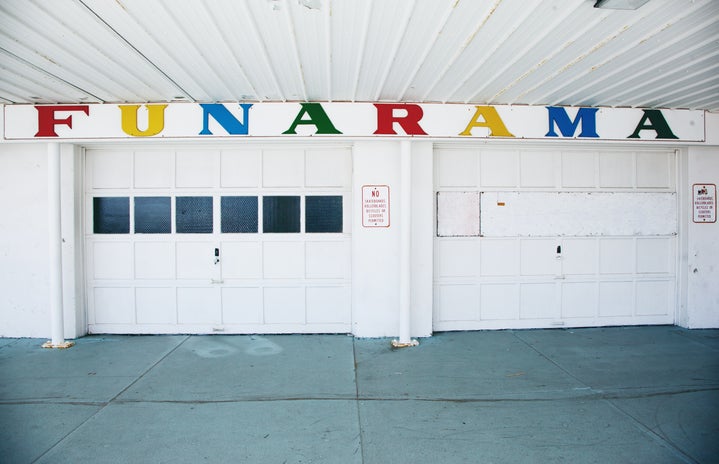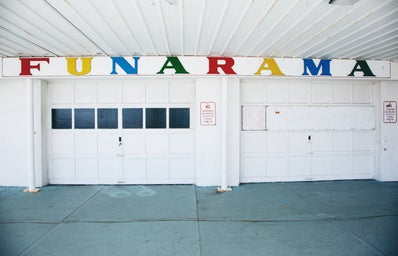Recently, Kim Kardashian West shook popular culture when she dropped a series of provocative photographs that instantly dominated almost every social media feed. In the photos, she is posing in different spaces in her house, as she shows off her body. These classic Kim K. photos obviously went viral in a matter of seconds. One image, in particular, a censored picture, received 4.9 million likes on Instagram, and a little over 55,000 retweets on Twitter. Some were quick to praise her “perfect her body,” while others accused her of being inappropriate. However, the most backlash Kim has received from the pictures has been about the style she chose to wear her hair in.
In the photographs, she is wearing her hair in cornrows, or more specifically, Fulani braids, a traditional style of African people and their culture. But, KKW was quick to refer to them as “Bo Derek braids,” a term that attributes the style to the white actress Bo Derek, instead of acknowledging the cultural history behind the hairstyle. Twitter was saturated with angry tweets, calling her out on appropriation; many people posted photos to show the tradition of African women wearing this hairstyle. There was clear frustration across Twitter from African Americans as they watched a style special to their heritage; that has been deemed acceptable only by the low class, be praised on the head of a white woman. However, I found myself reacting to the photos with less anger and annoyance than usual.
As I scrolled through my timeline, reading the tweets, I thought about how many times I had seen this happen before. In February 2013, Kim posted a photo on Instagram with the exact same hairstyle; the caption read “Bo Derek braids,” and received the same cultural appropriation accusations then as it is now. In July 2015, Kylie Jenner posted a picture on Instagram with her hair in cornrows and received the same backlash that Kim has. Accusations of cultural appropriation are nothing new for the Kar-Jenner’s. Various Instagram posts, Halloween costumes, music festival outfits, and even specific poses for photoshoots have led them to be a target of backlash. Yet here we are in 2018 and Kim is still posting photos sporting controversial hairstyles with no shame. So my question is: Is our anger worth it?
If one was to look at a timeline of the Kar-Jenner empire, they would see that this family thrives off attention. The phrase, “there is no such thing as bad publicity” has never proved truer until the Kar-Jenner’s came along. So, when we take to Twitter and Instagram to re-post and comment, we’re adding fuel to the fire. Kim has proved multiple times that shaming her with accusations of cultural appropriation is not going to stop her from doing what she wants.
If we want the world to understand what cultural appropriation actually is, we mustn’t continue to use Hollywood’s “royal family” as our case in point. Instead, let us take our anger and focus it on the other ways African hairstyles are being appropriated in Hollywood. In an article Complex published in 2012, they point out instances where white characters were given braids or dreads to help create an aesthetic that fit their personality. Looking through the list, it’s clear these characters fell under the characterization of “troublemakers.” You know, the character that causes drama, or gets themselves into sticky situations. There’s a clear correlation between the low class, the dangerous assumptions this hairstyle brings, and the people who chose to wear them. The hidden context in movies and many other forms of media is where I believe we should focus our energy on to fight against cultural appropriation.

